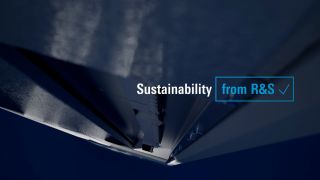Streaming implies a one-to-one connection from the source of the content to the consumer. The internet connectivity this requires passes through multiple data centres, each of which has a massive energy demand. Already some researchers say that the internet has a larger carbon footprint than the air travel industry; others say that by 2030 data centres will represent more than 20% of global projected electricity consumption (Lancaster University study, Anders Andrae).
Global accords are committed to the reduction of carbon emissions, and governments are moving to enshrine these targets in law. In the EU, for example, the mandate is to reduce greenhouse gases by 55% by 2030; in the US the target is 50%. And, of course, alongside the environmental issues, the recent dramatic rises in the cost of energy have brought energy efficiency to the top of the agenda.
"In the EU, for example, the mandate is to reduce greenhouse gases by 55% by 2030; in the US the target is 50%."
While streaming brings direct, interactive connectivity, there are many applications when one-to-many content and data delivery is more appropriate. Alongside traditional broadcast channels, there are new applications, like pop-up channels for major sports events or festivals, driving its continued existence. In general, where large numbers want to watch content simultaneously, streaming is massively inefficient, and the more users there are – and therefore the more one-to-one connections are established – the more energy is consumed, and greenhouse gases are produced.
Terrestrial transmission delivers video content across a wide area, regardless of the number of devices tuned to it in a constant high video quality. It also has the capability of carrying additional data services.
The emerging 5G Broadcast standard allows mobile devices to receive broadcast services without the need for a SIM. That opens up new services which are best delivered over simultaneous multicast: emergency public warning services, for example; software updates as part of Mobile Device Management systems; current geographical and traffic information for autonomous vehicles; and services for IoT applications.
Using terrestrial transmission for television channels to the public, and for additional data services, is inherently more energy efficient, and more sustainable, than streaming.







